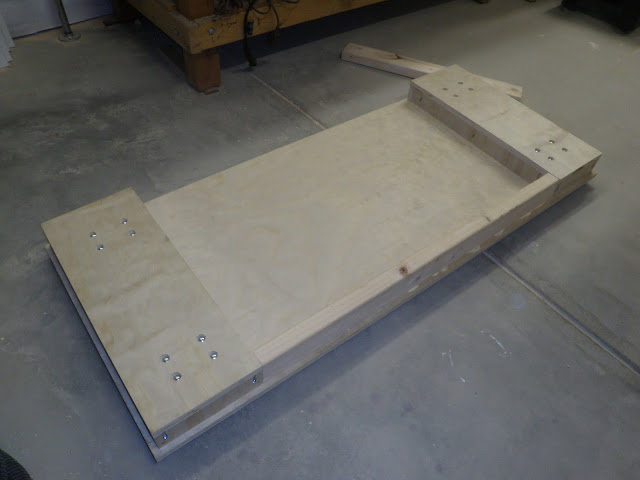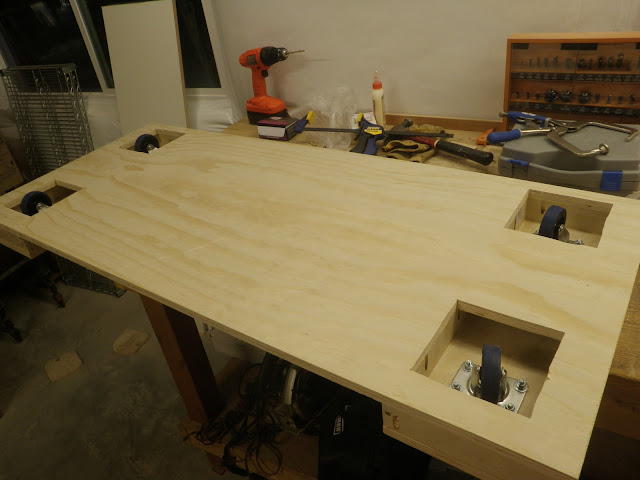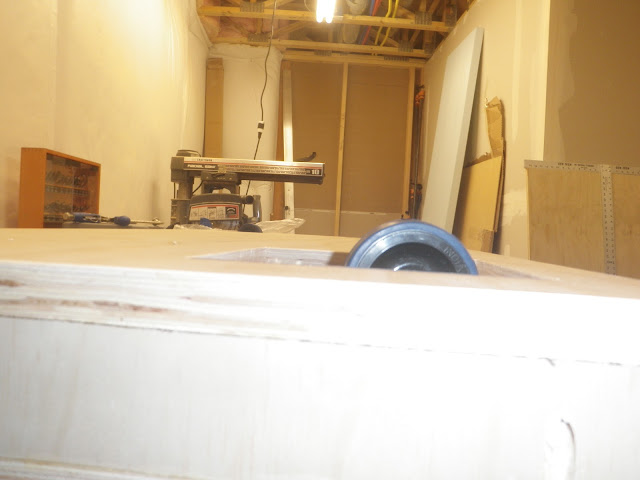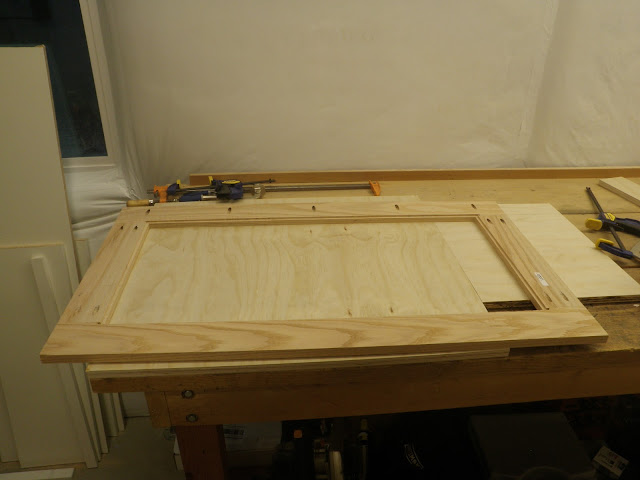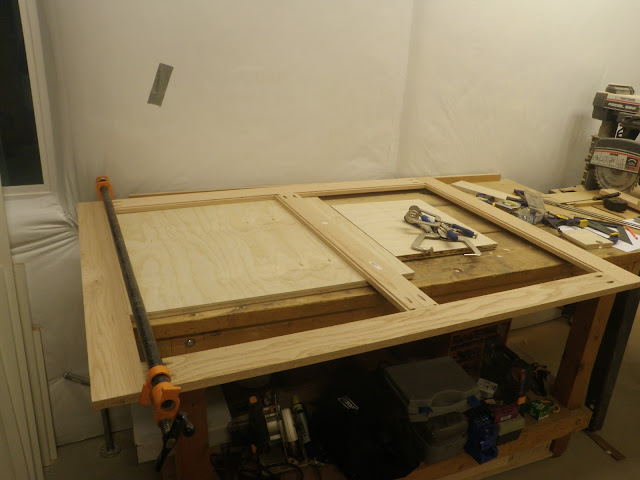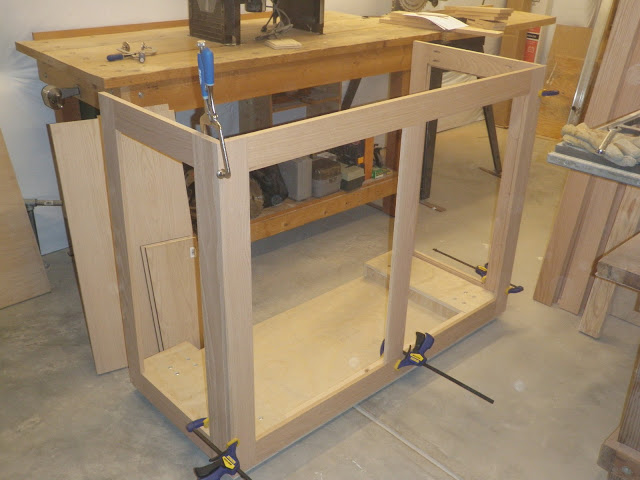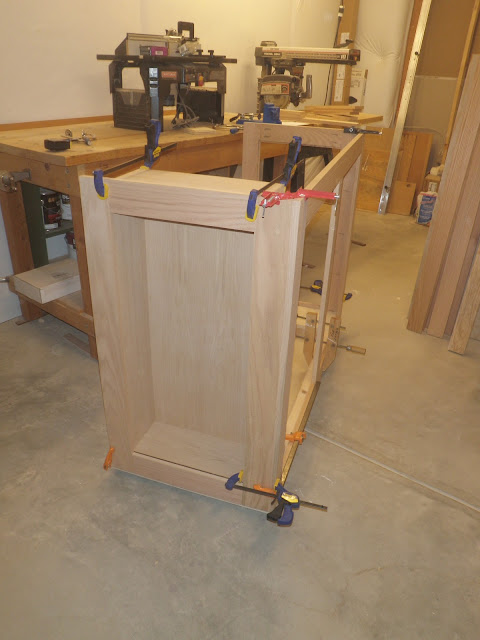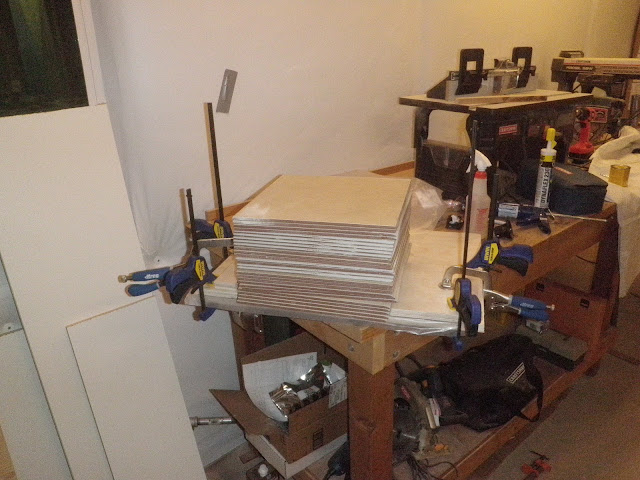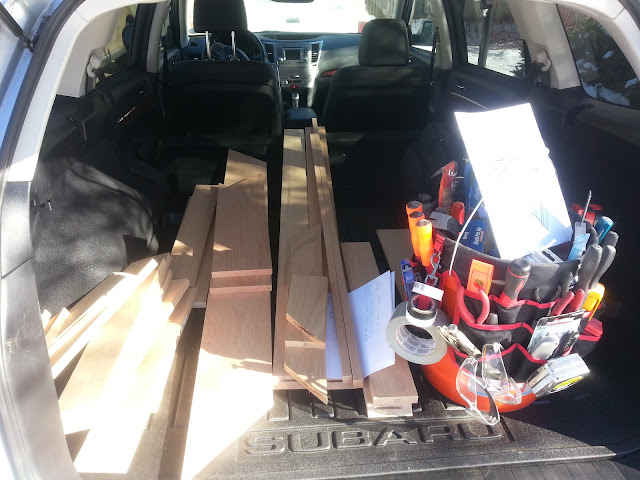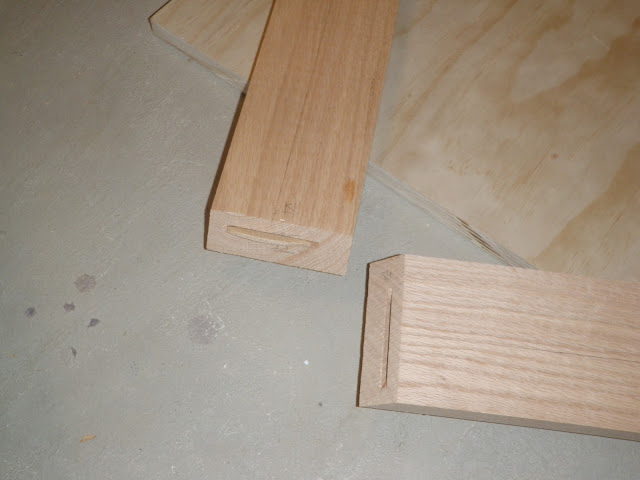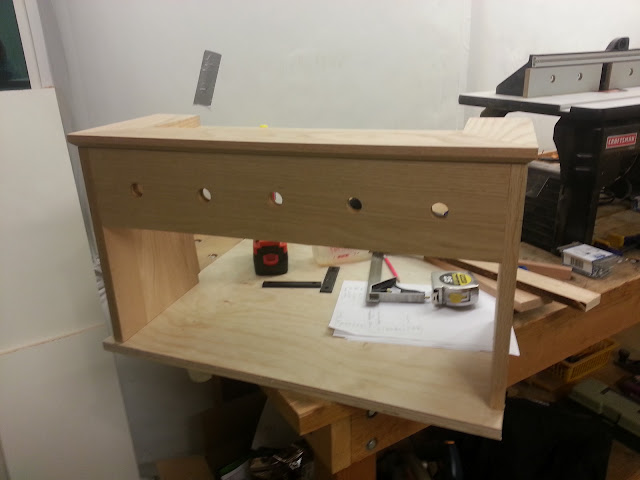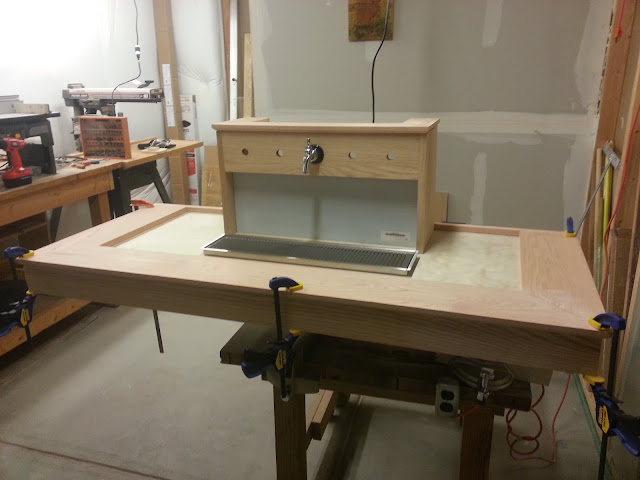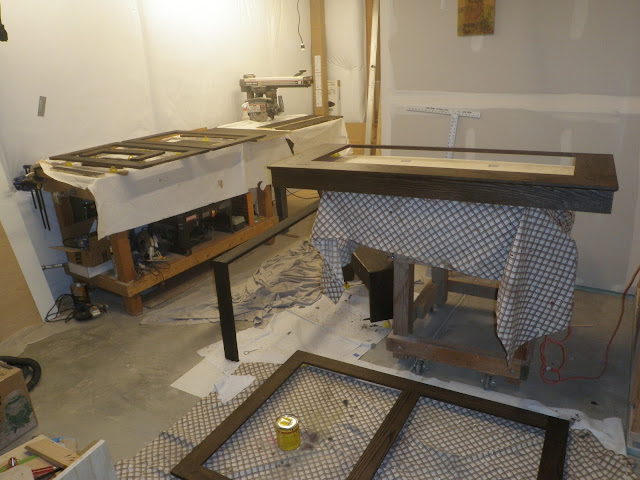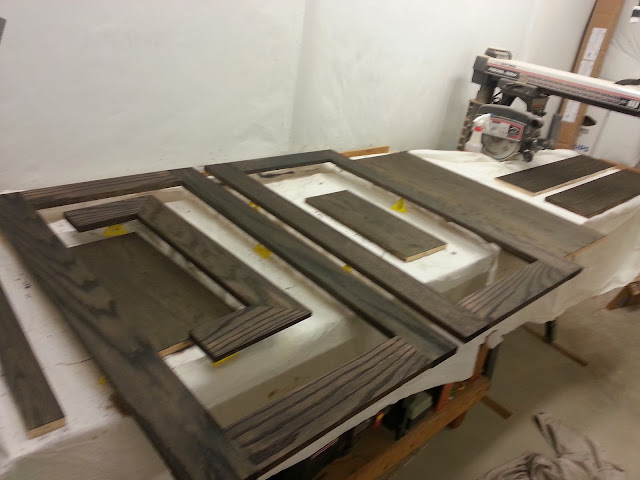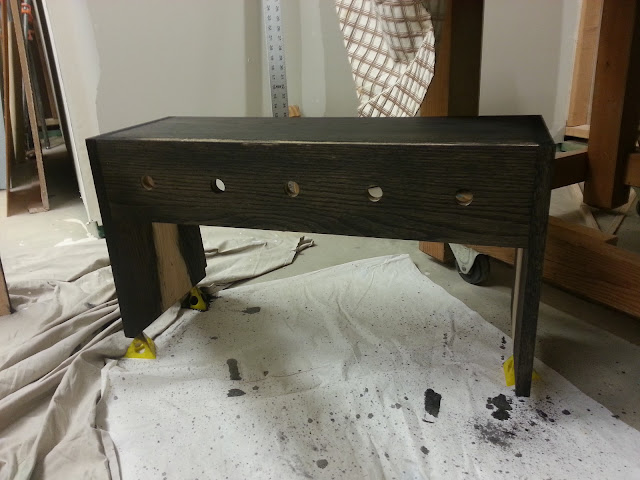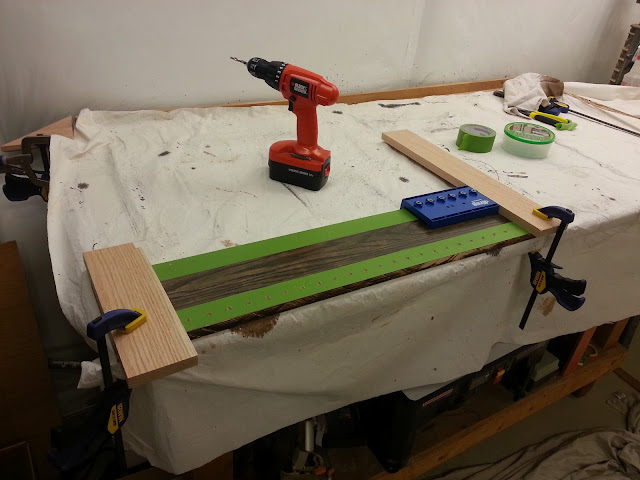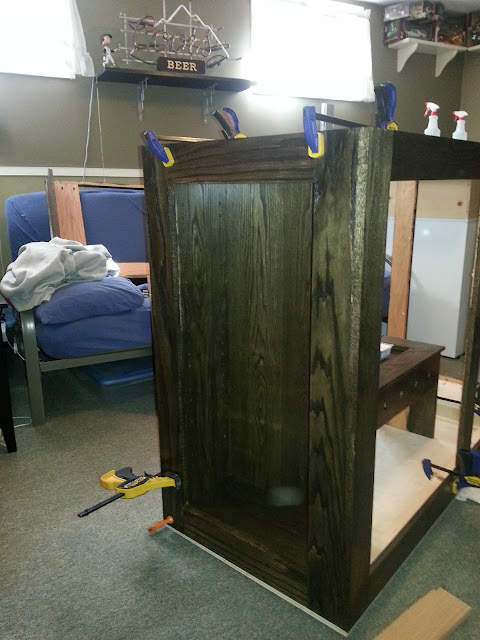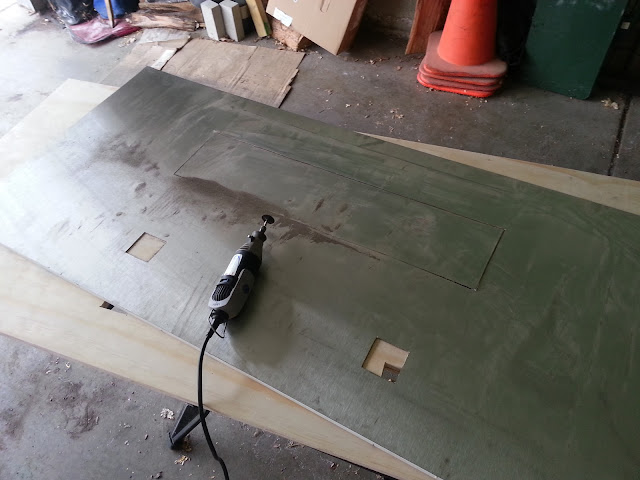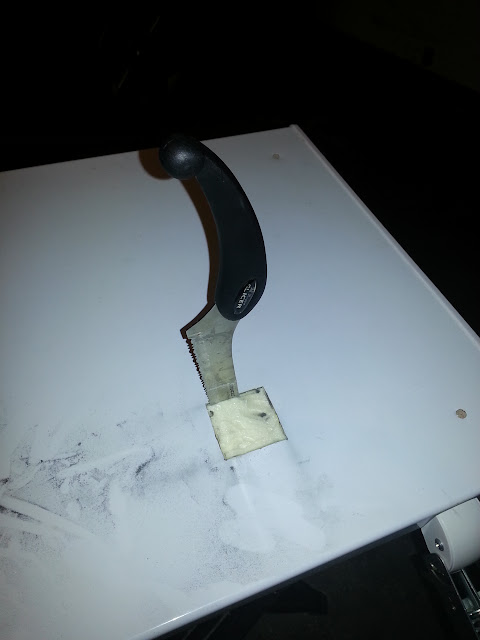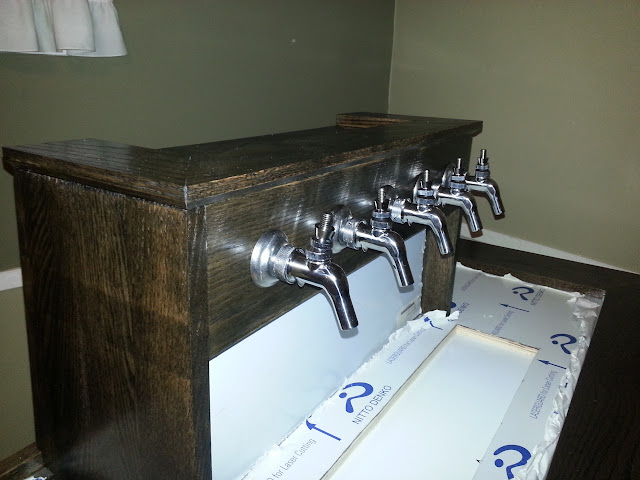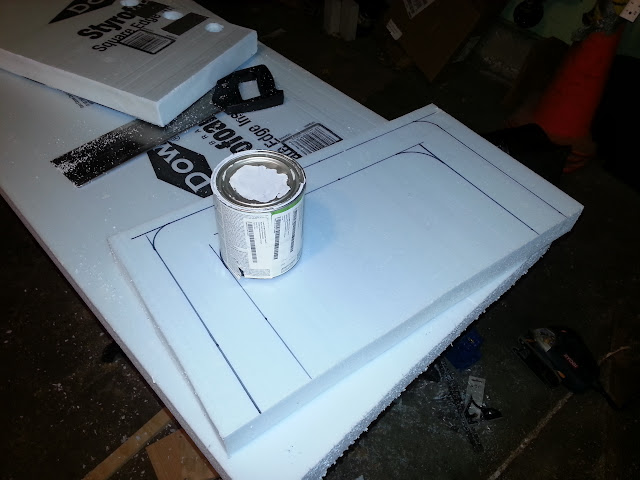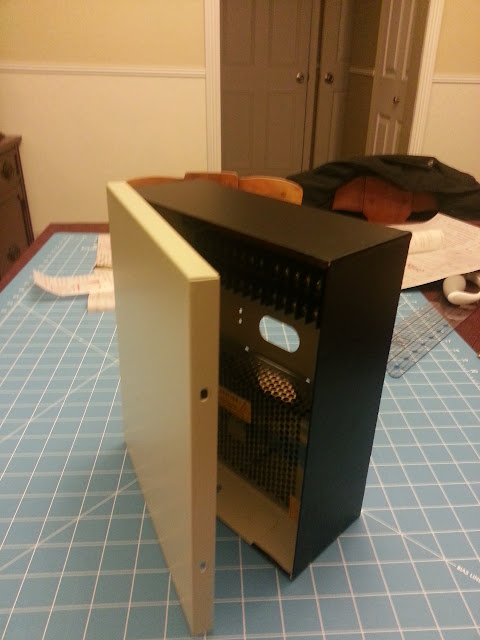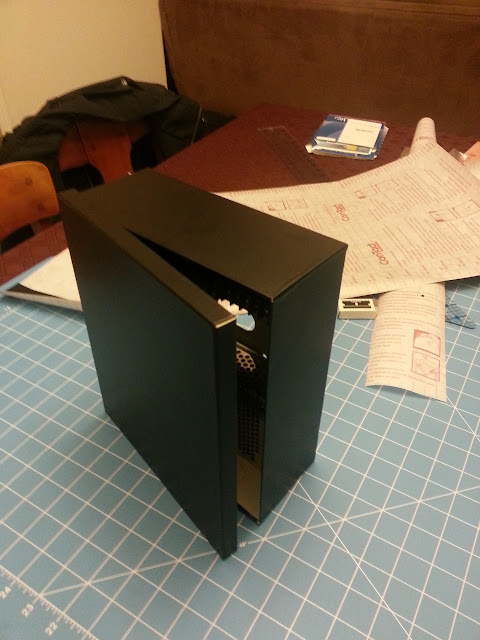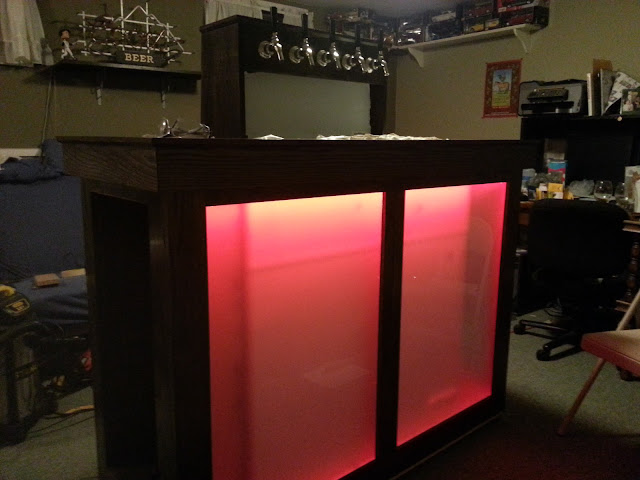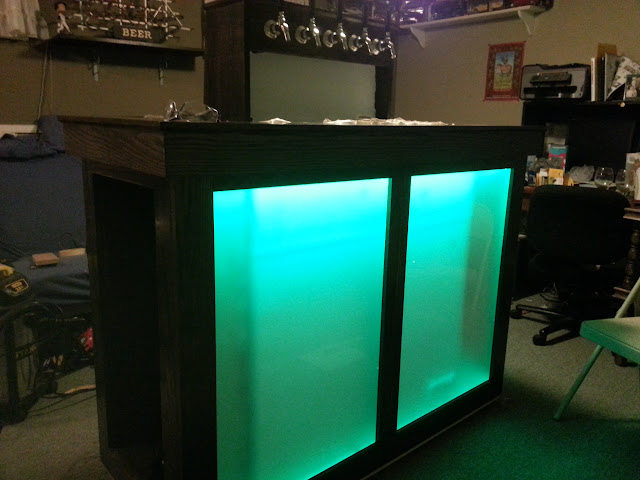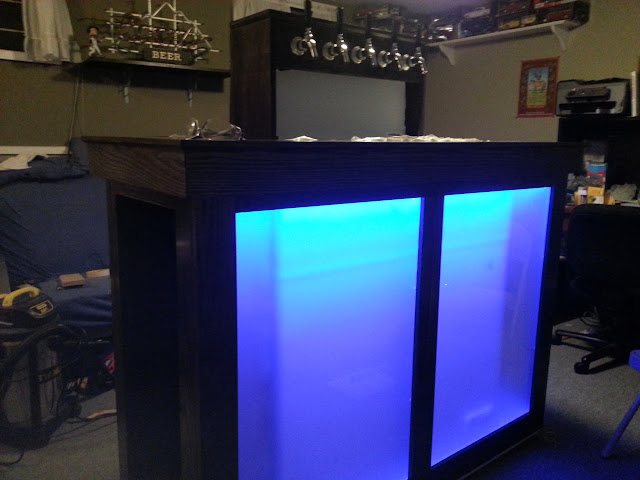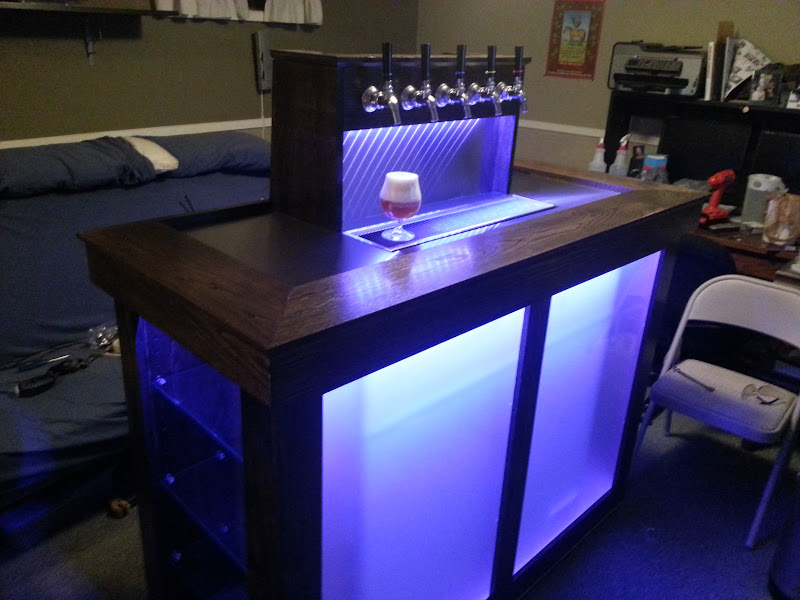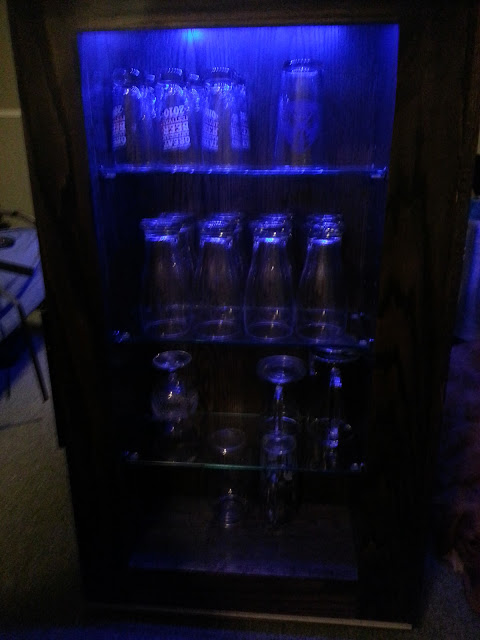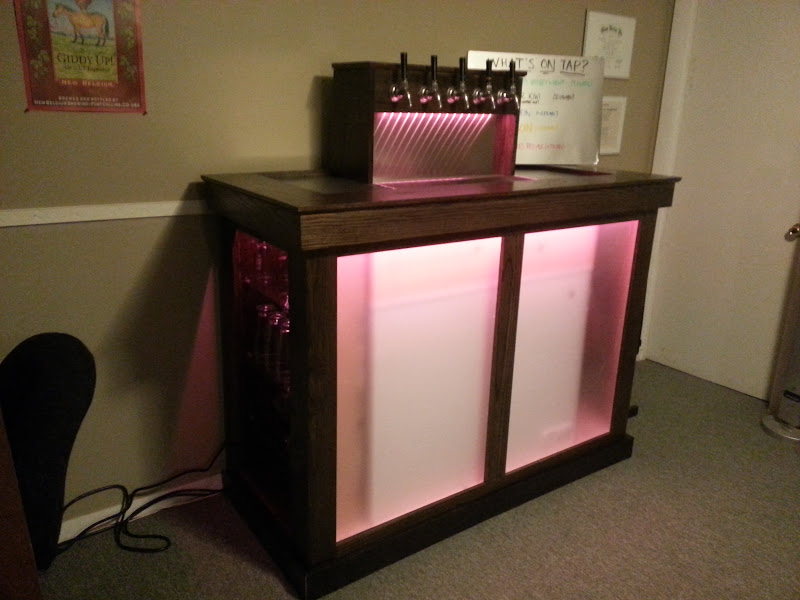RensBerserker
Well-Known Member
I am finally here.
I have spent the last few (and only few) years of my brewing career lurking around these forums, trying to learn as much as I could about every aspect of this glorious pastime. This place taught me to brew all-grain. It taught me how to make my own stir plate and yeast starters. Most importantly, a few years ago I stumbled upon a now-infamous thread documenting the build of a national treasure. Of course, I am referring to the original Keezer. Jester's. That day set me upon a path that has been winding and meandering. There were stretches of little progress, bumps in the road, and hours and hours and hours spent reading other people's threads documenting their keezer builds. If you read on, you will see many things that are similar to other people's work, which I have shamelessly stolen. My friends and family think that I am a genius. :cross: Thanks to all who inspired me for making me look so good!
And so, I have finally been delivered. Here. I am finally here. Posting about my own build. hoping to give back at least a little bit to this community that has given me so much. Or at least to show off a bit. And without further ado, let's begin.
And without further ado, let's begin.
Rest assured that there are plenty of pictures to follow, and thanks in advance to those of you who bother to read my ramblings that accompany the pics.
My first step along the path to keezer fulfillment was, of course, purchasing a freezer. Black Friday 2010 I bought a 7.0cf GE chest freezer. By Christmas of that year, I had acquired a kit from KegConnection with a dual-body regulator and a total of 4 kegs. I got by for a while with the 5# tank sitting on the compressor hump, jumping gas lines from keg to keg as needed and pouring every pint through party taps. Four kegs fit on the floor, or three with the 20# tank that I eventually bought. The next logical step was, of course, a collar.
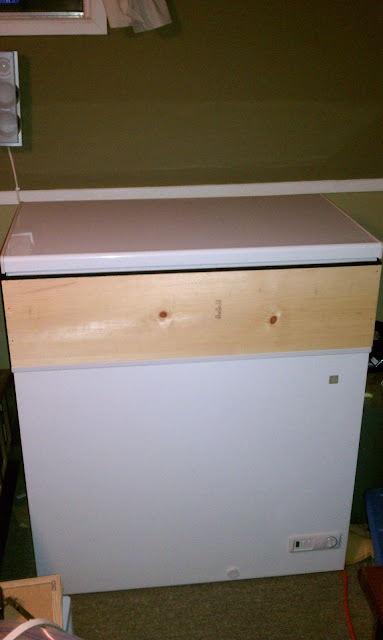
The collar is 0.75"x9" select pine, with 1" styrofoam insulation. It allows me to fit an additional keg inside, and lets me keep the CO2 tank outside of the freezer, with gas lines penetrating the collar from the regulator. I also mounted my gas distribution to it.
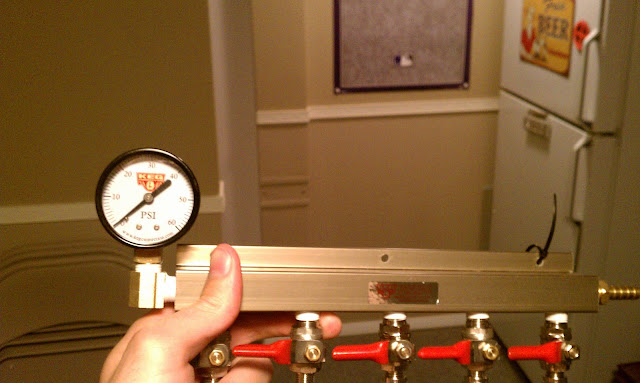
For gas distribution, I bought two manifolds - one five-way and one two-way. I asked KegConnection to mount an extra gauge to the end of each manifold, which I upgraded with brass elbows to make them easier to read.
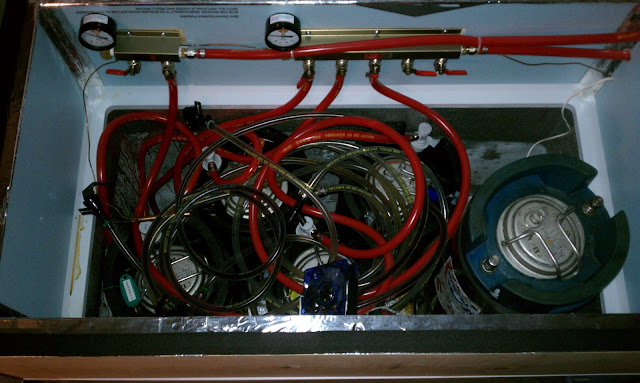
I got by with this arrangement (5 kegs, with 2 different pressures, pouring out of party taps and lifting the freezer lid to get every beer) for a long time. I spent the better part of the next two years planning the final design and buying parts as I found them on sale.
As so many have done who went before me, I used SketchUp to do my entire design. I was hesitant to try it, as I am an engineer with plenty of experience in SolidWorks. Unfortunately, I don't have a SolidWorks license at home, and SWMBO would have likely killed me (and rightly so) if I had spent any extra time at the office to design my keezer after hours. After I gave SketchUp a chance, it proved to be easy to learn, and certainly more than adequate for working up this project. Plus, the price is right!
SketchUp offered me the canvas upon which to pour out my design. I had spent many hours thinking of what features I wanted here and there, and how I would be able to construct them. SketchUp is where these ideas became a virtual reality:
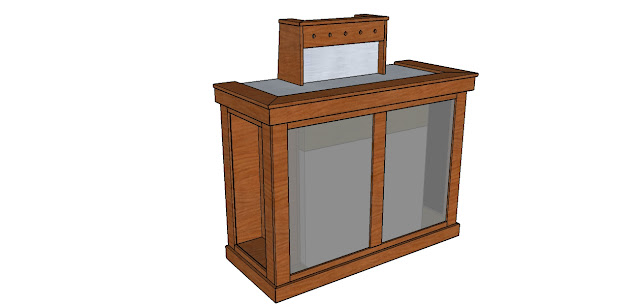
With my 9" collar and the tap coffin, we are already talking some serious height. Any additional height to put the thing on casters was something I wanted to avoid. The freezer sits on a plywood cart, which extends beyond the freezer body in order to 'inset' the casters and save several inches. These extensions also allow space for my 20# CO2 tank to sit on one side of the cart and be hidden/enclosed by the cabinet. The other side hosts a glassware cabinet.
The panels contained in the face frames are frosted acrylic. Much lighter weight than tempered glass, and much more durable when I'm slinging full kegs over a 9" collar. The top and backsplash are brushed stainless steel. (316 #4 finish, for anybody keeping score). I'll get to the lighting later.
SketchUp also allowed me to lay everything out into a digital cut list, which was a priceless tool for planning ahead and buying materials. I was able to determine that I could get by with a single 4'x8' sheet of pine (structural) plywood, and a single 4'x4' sheet of oak plywood (cabinet and select other finished surfaces). It also helped me to plan out how many 8' (standard at Lowe's) lengths of 1x4 oak I needed to buy, etc.
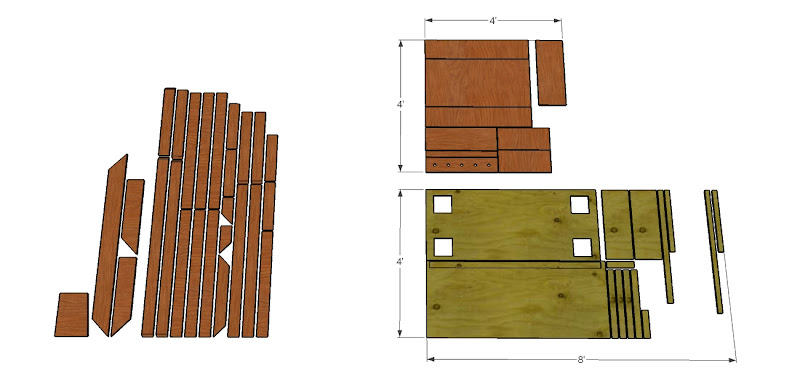
I have spent the last few (and only few) years of my brewing career lurking around these forums, trying to learn as much as I could about every aspect of this glorious pastime. This place taught me to brew all-grain. It taught me how to make my own stir plate and yeast starters. Most importantly, a few years ago I stumbled upon a now-infamous thread documenting the build of a national treasure. Of course, I am referring to the original Keezer. Jester's. That day set me upon a path that has been winding and meandering. There were stretches of little progress, bumps in the road, and hours and hours and hours spent reading other people's threads documenting their keezer builds. If you read on, you will see many things that are similar to other people's work, which I have shamelessly stolen. My friends and family think that I am a genius. :cross: Thanks to all who inspired me for making me look so good!
And so, I have finally been delivered. Here. I am finally here. Posting about my own build. hoping to give back at least a little bit to this community that has given me so much. Or at least to show off a bit.
Rest assured that there are plenty of pictures to follow, and thanks in advance to those of you who bother to read my ramblings that accompany the pics.
My first step along the path to keezer fulfillment was, of course, purchasing a freezer. Black Friday 2010 I bought a 7.0cf GE chest freezer. By Christmas of that year, I had acquired a kit from KegConnection with a dual-body regulator and a total of 4 kegs. I got by for a while with the 5# tank sitting on the compressor hump, jumping gas lines from keg to keg as needed and pouring every pint through party taps. Four kegs fit on the floor, or three with the 20# tank that I eventually bought. The next logical step was, of course, a collar.

The collar is 0.75"x9" select pine, with 1" styrofoam insulation. It allows me to fit an additional keg inside, and lets me keep the CO2 tank outside of the freezer, with gas lines penetrating the collar from the regulator. I also mounted my gas distribution to it.

For gas distribution, I bought two manifolds - one five-way and one two-way. I asked KegConnection to mount an extra gauge to the end of each manifold, which I upgraded with brass elbows to make them easier to read.

I got by with this arrangement (5 kegs, with 2 different pressures, pouring out of party taps and lifting the freezer lid to get every beer) for a long time. I spent the better part of the next two years planning the final design and buying parts as I found them on sale.
As so many have done who went before me, I used SketchUp to do my entire design. I was hesitant to try it, as I am an engineer with plenty of experience in SolidWorks. Unfortunately, I don't have a SolidWorks license at home, and SWMBO would have likely killed me (and rightly so) if I had spent any extra time at the office to design my keezer after hours. After I gave SketchUp a chance, it proved to be easy to learn, and certainly more than adequate for working up this project. Plus, the price is right!
SketchUp offered me the canvas upon which to pour out my design. I had spent many hours thinking of what features I wanted here and there, and how I would be able to construct them. SketchUp is where these ideas became a virtual reality:

With my 9" collar and the tap coffin, we are already talking some serious height. Any additional height to put the thing on casters was something I wanted to avoid. The freezer sits on a plywood cart, which extends beyond the freezer body in order to 'inset' the casters and save several inches. These extensions also allow space for my 20# CO2 tank to sit on one side of the cart and be hidden/enclosed by the cabinet. The other side hosts a glassware cabinet.
The panels contained in the face frames are frosted acrylic. Much lighter weight than tempered glass, and much more durable when I'm slinging full kegs over a 9" collar. The top and backsplash are brushed stainless steel. (316 #4 finish, for anybody keeping score). I'll get to the lighting later.
SketchUp also allowed me to lay everything out into a digital cut list, which was a priceless tool for planning ahead and buying materials. I was able to determine that I could get by with a single 4'x8' sheet of pine (structural) plywood, and a single 4'x4' sheet of oak plywood (cabinet and select other finished surfaces). It also helped me to plan out how many 8' (standard at Lowe's) lengths of 1x4 oak I needed to buy, etc.



